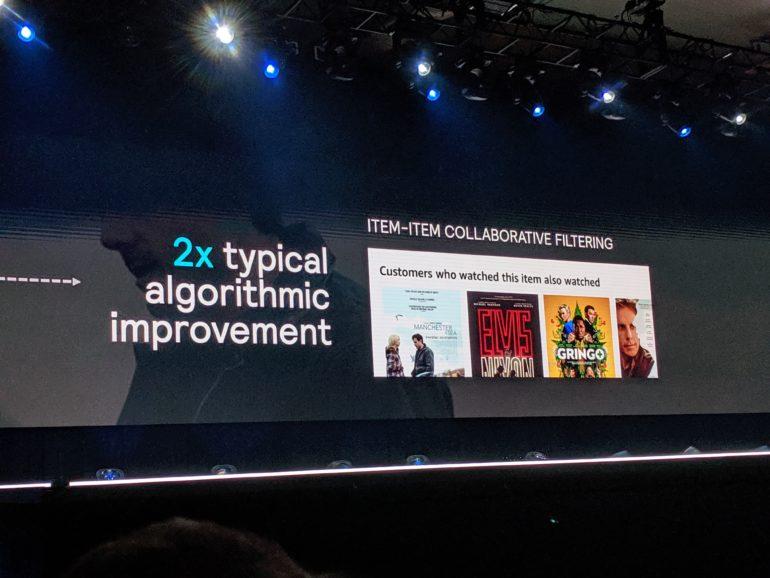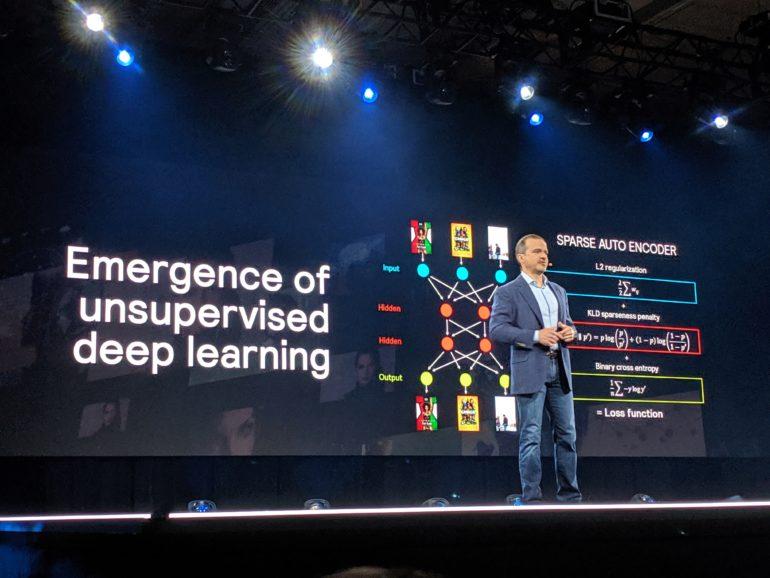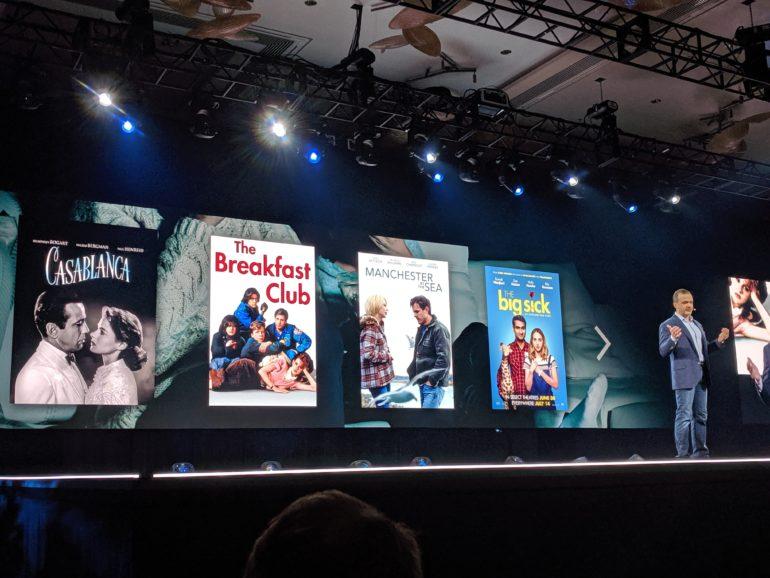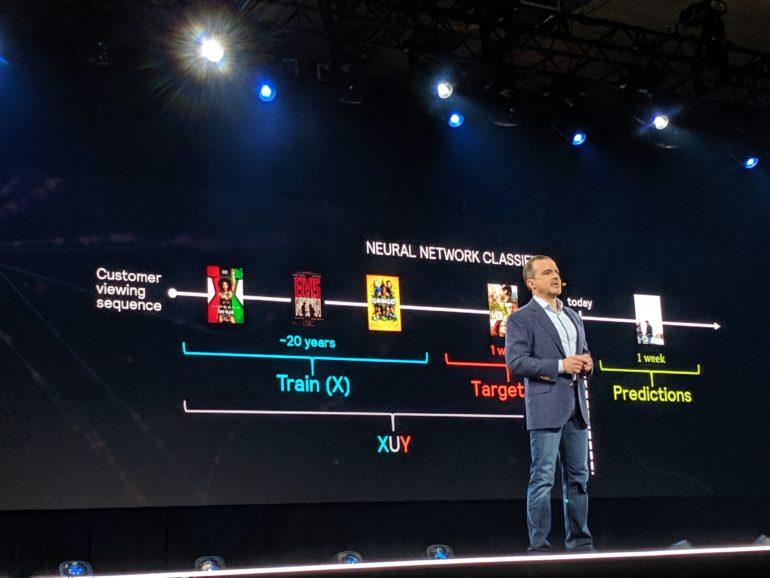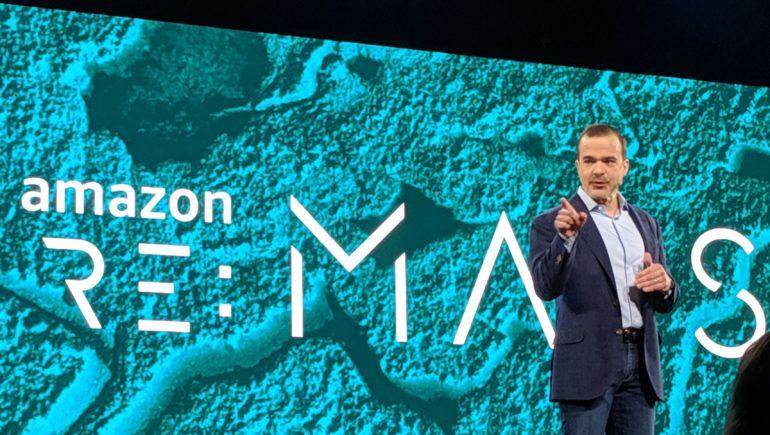How Amazon Recommends Movies on Prime Video
By Janko Roettgers
LOS ANGELES (Variety.com) – Amazon worldwide consumer CEO Jeff Wilke gave attendees of the company’s Re:Mars conference a look behind the curtain of content recommendation for Prime Video Wednesday, explaining how the company improved its recommendation algorithms to become twice as good in recommending movies, TV shows and more.
“Product discovery was heavily based on human curation and bestsellers when we started,” Wilke said. When started to sell books online, it began with a relatively small inventory, which made it easy enough to recommend bestsellers and more to its audience.
However, that approach didn’t account for special interest groups, with Wilke calling out books for mushroom hunters as one of the areas that fell by the wayside. To include this long tail, Amazon developed collaborative filtering, which to this day powers some of the product recommendations made on its side — think customers who bought this product also bought these other products.
As Amazon’s computing resources grew, the company wanted to use some of those smarts to power its recommendations by more advanced technologies. In 2012, Amazon engineers began to develop and test new technologies to recommend products on its site. But approaches that proved promising, including neural networks and other types of machine learning, didn’t exactly work as expected.
In fact, many of these AI approaches not only performed worse than collaborative filtering, but even than the company’s original approach of human curation and bestseller lists. Wilke said that Amazon’s engineers decided to take a look inside of the black box of machine learning to figure out what was going on.
Turns out that Amazon had inadvertently trained its algorithms to recommend safe bets. In the case of Prime Video, these were classic movies that were well-regarded. Think the “Breakfast Club,” or “Casablanca.” But while these movies had high ratings with audiences and critics alike, they weren’t exactly what consumers wanted to watch during their next movie night.
That’s why Amazon’s engineers tweaked its content recommendation algorithms, which are now trained on Amazon’s entire catalog, but apply this knowledge on new titles to recommend the latest releases. The result was a 2x improvement over collaborative filtering, Wilke said.
Wilke explained that Amazon was applying the same kind of approach on other areas of shopping to account for changing tastes as well as shopping habits. “People do not shop the way they did in 1995 when Amazon started. They do not shop like in 2015,” he said.
He added that all of this was powered by Amazon’s own cloud computing, and other resources the company had because of its DNA. Said Wilke: “Amazon has been a technology company from the start.”
